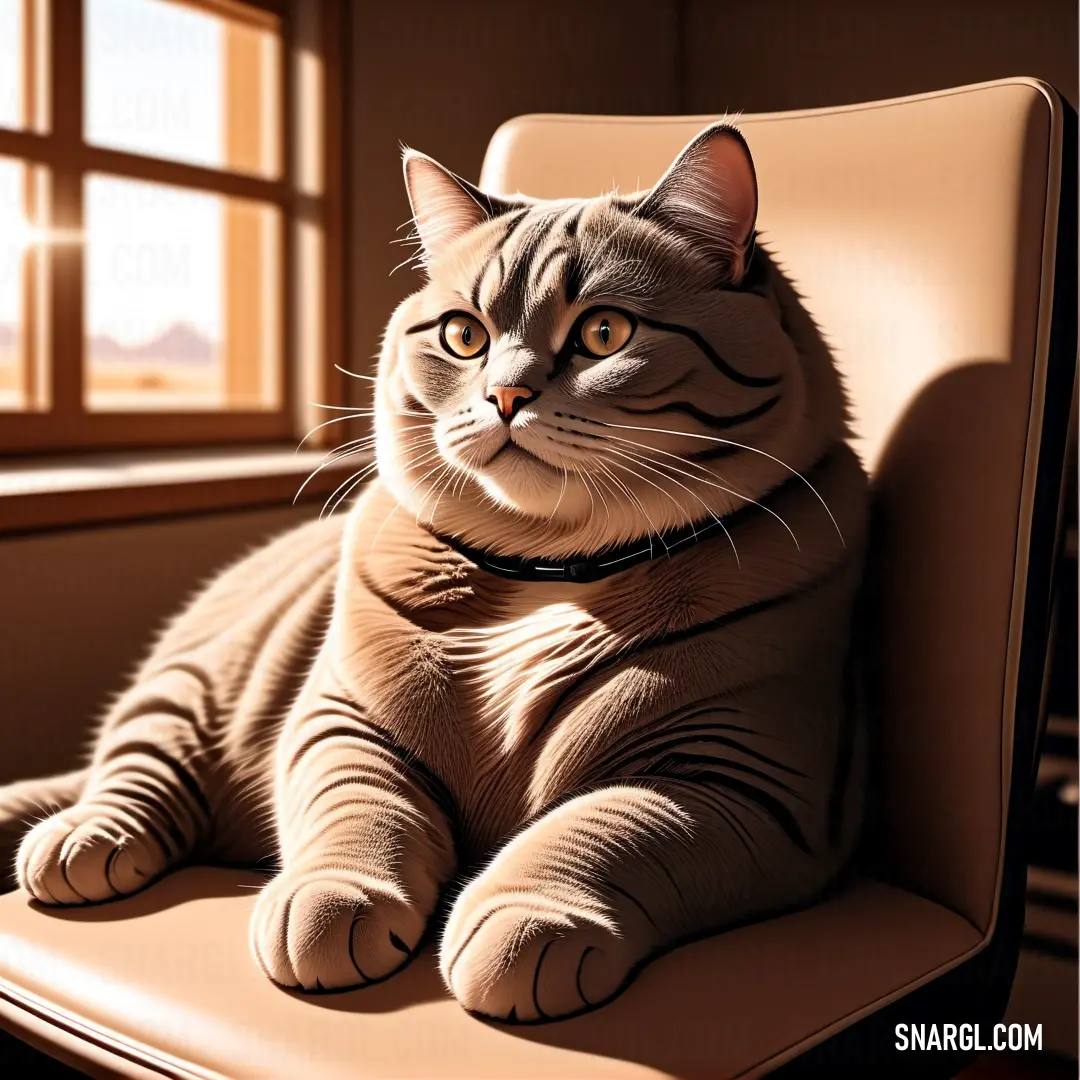
Cafe au lait
What color is Cafe au lait?
Cafe au lait is a French term that means "coffee with milk".
It is also a name for a light brown color that resembles the shade of coffee mixed with cream.
The HEX code for cafe au lait is #A67B5B, which corresponds to RGB values of 166, 123, 91 and CMYK values of 0%, 26%, 45%, 35%.
The hue, saturation, and lightness values of cafe au lait are 25.6°, 29.6%, and 50.4%.
Cafe au lait can have different meanings and associations depending on the context.
It is a versatile and beautiful color that can be used in various ways.
This color can create a warm and inviting atmosphere in interior design, complement other colors in fashion and art, or simply represent a delicious and soothing beverage.
Cafe au lait is a color that appeals to many senses and emotions.
Example of the palette with the Cafe au lait color

See these colors in NCS, PANTONE, RAL palettes...
What are the examples of Cafe au lait color in everyday life?
What looks best in Cafe au lait?
Example of the palette with the Cafe au lait color

See these colors in NCS, PANTONE, RAL palettes...













 Cafe au lait
Cafe au lait Smoky black
Smoky black Purple taupe
Purple taupe Cornsilk
Cornsilk Tumbleweed
Tumbleweed







 Caput mortuum
Caput mortuum Dim gray
Dim gray Pastel gray
Pastel gray







